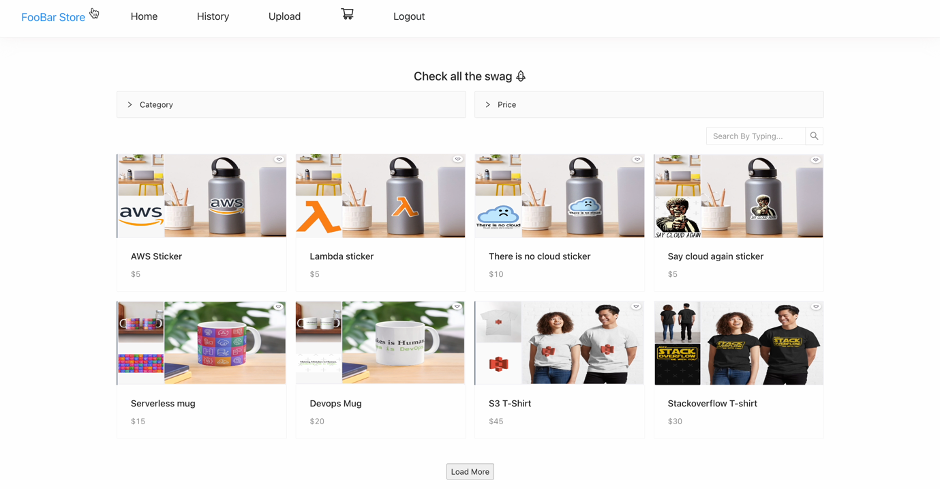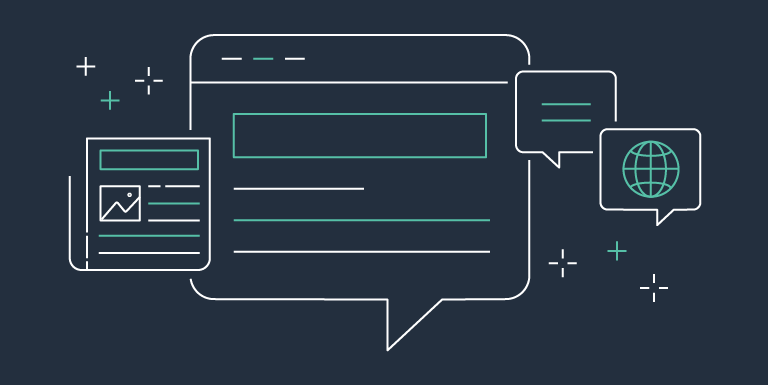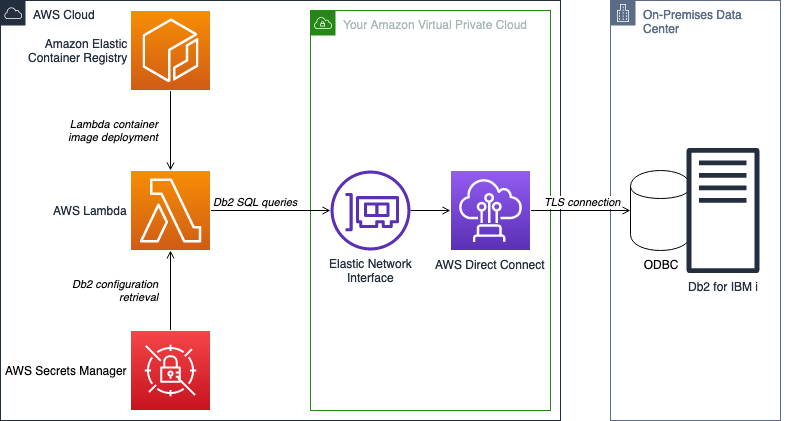AWS Compute Blog
Category: AWS Lambda
Lifting and shifting a web application to AWS Serverless: Part 2
In this two-part article, you learn if it is possible to migrate a non-serverless web application to a serverless environment without changing much code. You learn different tools that can help you in this process, like AWS Lambda Web Adaptor and AWS Amplify, and how to solve some of the typical challenges that we have, like storage and authentication.
Lifting and shifting a web application to AWS Serverless: Part 1
In this article, you learn if it is possible to migrate a non-serverless web application to a serverless environment without changing much code. You learn different tools that can help you in this process, like the AWS Lambda Web Adaptor and AWS Amplify.
Deploying AWS Lambda functions using AWS Controllers for Kubernetes (ACK)
This blog post shows how AWS Controllers for Kubernetes enables you to deploy a Lambda function directly from your Amazon EKS environment. AWS Controllers for Kubernetes provides a convenient way to connect your Kubernetes applications to AWS services directly from Kubernetes.
Using custom consumer group ID support for AWS Lambda event sources for MSK and self-managed Kafka
This post shows how to use the new custom consumer group ID feature of the Lambda event source mapping for Amazon MSK and self-managed Kafka. This feature can be used to consume messages with Lambda starting at a specific timestamp or offset within a Kafka topic. It can also be used to consume messages from a consumer group that is replicated from another Kafka cluster using MirrorMaker v2.
Building AWS Lambda governance and guardrails
When building serverless applications using AWS Lambda, there are a number of considerations regarding security, governance, and compliance. This post highlights how Lambda, as a serverless service, simplifies cloud security and compliance so you can concentrate on your business logic. It covers controls that you can implement for your Lambda workloads to ensure that your […]
Estimating cost for Amazon SQS message processing using AWS Lambda
You can use Lambda functions to handle fully managed asynchronous processing of SQS messages. Estimating the cost and optimal setup depends on leveraging the various configurations of SQS and Lambda functions. The cost estimator tool presented in this blog should help you understand these configurations and their impact on the overall cost and performance of the Lambda function-based messaging solutions.
Securely retrieving secrets with AWS Lambda
AWS Lambda functions often need to access secrets, such as certificates, API keys, or database passwords. Storing secrets outside the function code in an external secrets manager helps to avoid exposing secrets in application source code. Using a secrets manager also allows you to audit and control access, and can help with secret rotation. Do […]
Introducing tiered pricing for AWS Lambda
This blog post is written by Heeki Park, Principal Solutions Architect, Serverless. AWS Lambda charges for on-demand function invocations based on two primary parameters: invocation requests and compute duration, measured in GB-seconds. If you configure additional ephemeral storage for your function, Lambda also charges for ephemeral storage duration, measured in GB-seconds. AWS continues to find […]
Using AWS Lambda to run external transactions on Db2 for IBM i
In this blog post, you learn how to run external transactions securely on Db2 for IBM i databases using a combination of Amazon ECR and AWS Lambda. By using Docker to package the driver, forwarder, and custom queries, you can execute transactions from Lambda, allowing modern architectures to interface directly with Db2 workloads. Get started by cloning the GitHub repository and following the deployment instructions.
Scaling AWS Lambda permissions with Attribute-Based Access Control (ABAC)
This blog post is written by Chris McPeek, Principal Solutions Architect. AWS Lambda now supports attribute-based access control (ABAC), allowing you to control access to Lambda functions within AWS Identity and Access Management (IAM) using tags. With ABAC, you can scale an access control strategy by setting granular permissions with tags without requiring permissions updates […]









